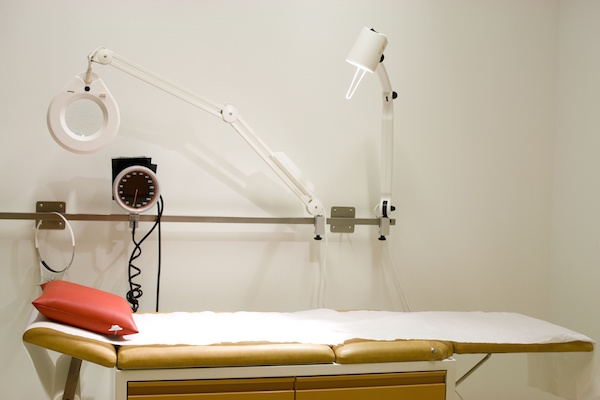TUESDAY, Oct. 25, 2016 (HealthDay News) — Prices of health plans sold under the Affordable Care Act are rising by double-digit rates, and the number of choices available to consumers in many markets is shrinking for 2017, the Obama administration has confirmed.
The announcement Monday comes on the brink of a Presidential election that may help determine the future of the private health insurance expansion that is often referred to as “Obamacare.”
Open enrollment for Obamacare coverage begins Nov. 1.
Buyers who use the federal insurance marketplace — called HealthCare.gov — can expect rates for “benchmark” silver health plans to rise 25 percent in 2017, according to the U.S. Department of Health and Human Services (HHS).
Benchmark plans are the second-lowest cost silver health plans in a marketplace. The prices of these health plans are used to determine the premium tax credits available to help consumers with low or modest incomes buy coverage.
Overall, HHS estimates an average 22 percent increase across all states for 2017. That figure reflects benchmark premiums for four state marketplaces and the District of Columbia as well as the 39 states covered by HealthCare.gov.
The average consumer shopping for coverage on HealthCare.gov will have a choice of health plans from three health insurers. However, for roughly one in five buyers (21 percent), there will only be one insurer offering health plans.
Consumer choices have slimmed since several major insurers, including UnitedHealth Group Inc. and Aetna Inc., pulled out of Obamacare in most states.
“The marketplace was an experiment, and it doesn’t seem to be working,” said Eric Seiber, associate professor of health services management and policy at Ohio State University.
Caroline Pearson, senior vice president at the consulting and research firm Avalere Health, pointed to low enrollment as a major factor contributing to escalating exchange premiums.
“In 2014 when the exchanges began, high-need enrollees flocked to the program. Since then, subsidies and mandate penalties have not driven enough participation among younger, healthier individuals,” Pearson said in a statement released Tuesday.
“If 2017 enrollment growth is small, as expected, it will perpetuate market instability,” she said.
Younger, healthier participants are needed to take part in the Affordable Care Act to offset the cost of covering sicker and older patients.
The HHS report confirms news of double-digit rate increases that some state insurance regulators have been disclosing in recent weeks.
According to the new government report, lower-income consumers who qualify for federal tax credits designed to reduce their monthly premiums can still find affordable options.
After those subsidies, more than seven in 10 current enrollees can find a plan for $75 or less per month, HHS said.
A 27-year-old making $25,000 a year will, on average, qualify for a $160 monthly tax credit, paying out $142 a month for a benchmark plan in 2017, HHS said. In 2016, the same plan would have cost that young adult $143, HHS noted.
Speaking at a rally in Tampa, Fla., on Monday, Republican Presidential nominee Donald Trump said it’s “over” for Obamacare.
“In case you haven’t heard today’s news, it’s just been announced that Americans are going to experience yet another double-digit spike in your premium for Obamacare and it doesn’t work,” he told the crowd.
President Obama, speaking at Miami Dade College last week, defended his signature health policy initiative, saying it has reduced the nation’s uninsured rate to the lowest level in history.
“I have always said that for all the good that the Affordable Care Act is doing right now, for as big a step forward as it was, it’s still just a first step,” Obama said.
Seiber said the premium tax credits under the law reduce the cost of coverage for most people who shop on HealthCare.gov.
“However, the increased premiums will mean higher federal expenditures to support the subsidies,” he said.
Policy analysts noted that several million Americans who do not qualify for subsidies will bear the full brunt of the increases.
“Obamacare is much larger than the marketplace,” Seiber added.
“While the marketplace is struggling, the other elements have proven very successful. Of people obtaining health insurance through Obamacare, two-thirds have been covered by the state Medicaid expansions,” he said.
More information
For more on the Affordable Care Act, visit HealthCare.gov.
Copyright © 2025 HealthDay. All rights reserved.

